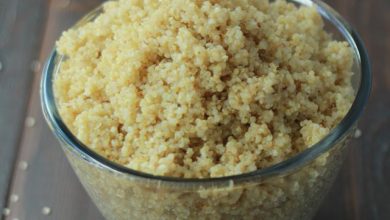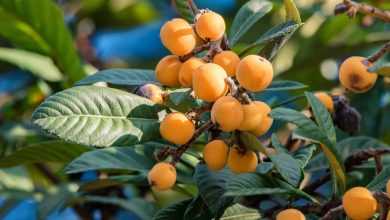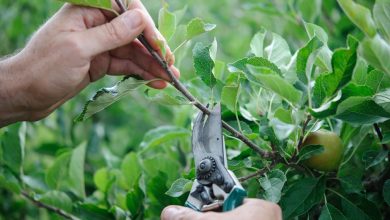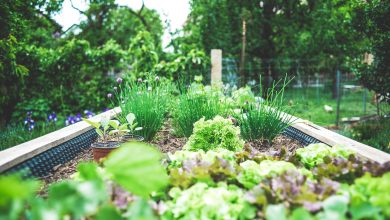How to grow Parsley in the garden or in pots: Complete guide
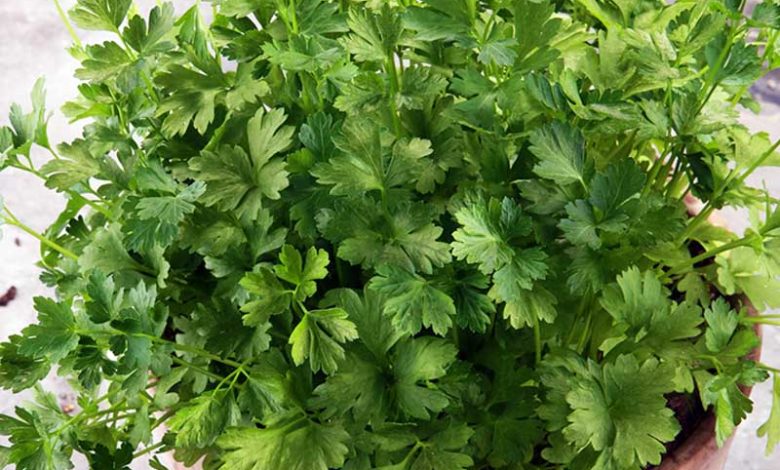
Hello to all agrohuerters! In today’s article, we will learn how to grow parsley in our gardens or in pots in a simple and ecological way. In this way we can produce aromatic plants ourselves and add them as a condiment to our best dishes.
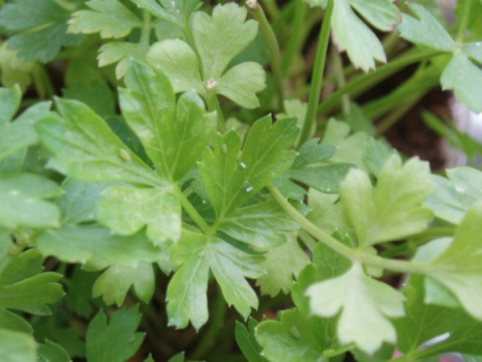
History of parsley cultivation
Its scientific name, Petroselinum crispum, comes from the Greek Petrol, which means rock or stone, due to the rocky soils where this plant used to grow. Its origin comes from the island of Sardinia from where it spread to the rest of the Mediterranean countries. It has been shown that the Greeks and Romans already used it in their meals.
During the Middle Ages, there was a belief that if the enemy’s name was mentioned while the parsley root was being pulled, the parsley would die. Charlemagne ordered parsley to be cultivated in his gardens as indicated by the order Capitulare de villis vel curtis imperii.
Characteristics of parsley
Parsley is a herbaceous plant that belongs to the Apiaceae family (before this family was called Umbelífereae). Other well-known plants such as coriander, celery, dill or carrot also belong to this family.
Parsley is a biennial plant, although it can also be grown as an annual. It normally exceeds 30 cm in height and the flower stalks can reach 60 cm. You will notice that the flowers are yellowish-green in color as shown in the following photograph.
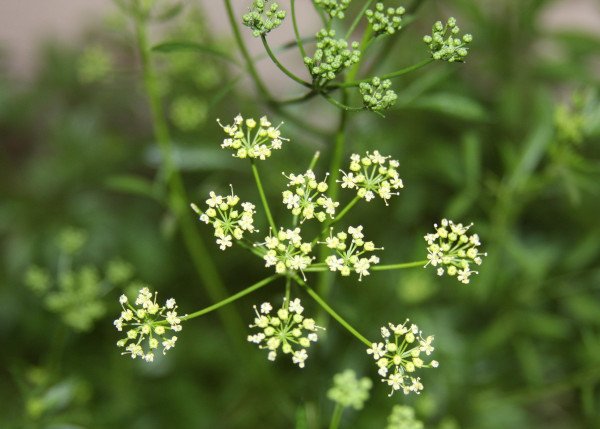
It can be consumed raw (for example, in the tabbouleh salad, typical of Lebanese gastronomy) or cooked. Its leaves are rich in vitamins A, B1, B2, C and D. In addition, it can be used as a diuretic if you make an infusion of parsley.
As a curiosity, there is a variety of parsley known as large parsley (Petroselinum sativum tuberosum) that is characterized by having a thickened axonomorphic root, similar to parsnip. This root is consumed (raw or cooked) as a vegetable. Unlike normal parsley, this variety has larger, rougher leaves.
How to grow parsley in the garden or in pots
It is a relatively simple crop that adapts well to any soil, although it prefers those that are loose, deep and drain well. It can also be grown in a pot as long as it has a minimum size of 20cm wide and 20cm high. Ideally, it should be developed in a part of the patio between sun and shade so that it maintains the temperature approximately constant.
It does not withstand low temperatures or very high temperatures well. Its ideal temperature is between 15-35ºC. It is very important that if we decide to plant parsley in pots they have holes at the base to facilitate drainage.
Now we will see what are the most important steps that we must take into account:
1. Sowing parsley
The sowing can be done during almost the whole year, although as the saying goes «If you sow parsley in May, you will have parsley all year round». In parsley, unlike other plants, what we sow is the fruit and that is why it takes approximately 1 month to germinate. That is to say, first the cover of the fruit must rot and then the seed inside it can germinate.
It can be done in two ways:
- Broadcast or row sowing: The seeds are soaked for 24 hours. After that time, they are mixed with a little sand and spread evenly. Then, with the help of a rake, they are lightly wrapped and then compacted. Finally, you can put a little substrate on top, for example coconut fiber and water it.
- Pre-germinate the seeds: This second method is based on pre-germinating the seeds and then transplanting them into the garden.
2. Thinning
When our parsley plants reach 6-8 cm, a thinning can be done, that is, eliminate those plants that do not interest us.
3. How to water parsley
Very frequent, especially in summer, every 2 or 3 days. Try to keep the soil moist without letting it drain. In addition, avoid wetting the leaves during irrigation to prevent diseases caused by fungi.
4. How to collect parsley
Harvesting will begin after approximately 3 months, when the plant reaches 30 cm. It is recommended to do it in the morning, cutting just what we need.
The plant will resprout and, after 2 months, we will have a new harvest. We have to collect the oldest and largest leaves to facilitate further sprouting. If you want to have your own parsley seeds, you must wait for the second year, which is when the flowers come out.
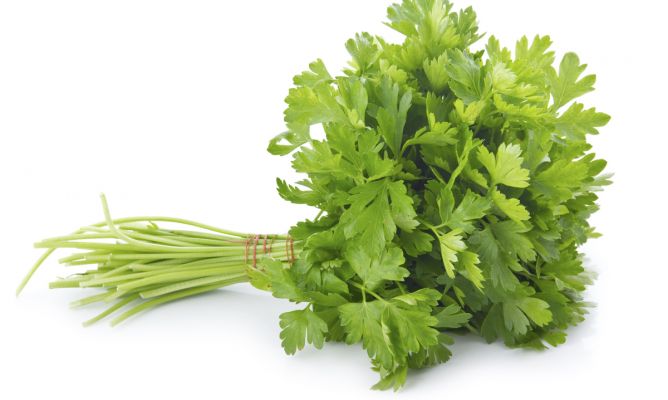
5. PEST AND DISEASE CONTROL
In a few days we will see another more detailed article on the main pests and diseases of parsley.
This is all for today, I hope you liked it and encourage yourself to grow parsley in your gardens and pots. You can tell us about your experiences in the comments.
Have a nice day!

